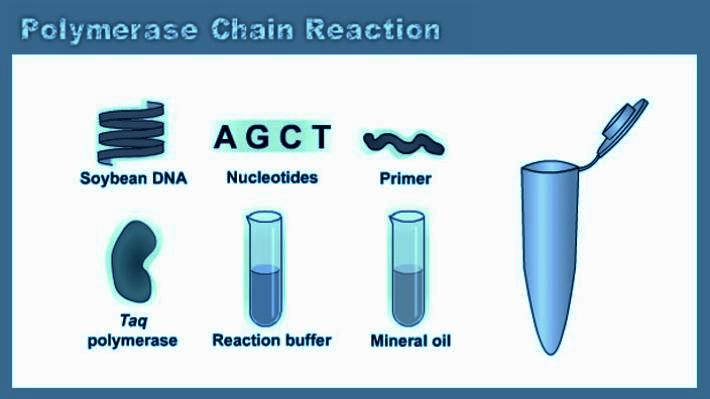Polymerase Chain Reaction Assignment Help
In 1985 , Kary MullisThe developed a technique called Polymerase chain reaction . This technique can generate microgram (ľg) quantities of DNA copies upto billion copies of the desired DNA or RNA ligands , even it is present as a single copy at the first step preparation .
The PCR process is completed in vitro and utilizes a DNA preparation containing the desired segment to be target sequence , two nucleotide primers about 20 bases long specific, the four deoxynucleoside triphosphates and a heat stable DNA polymerase.


a) Procedure of PCR :
At initial stage of PCR , amplification of DNA segment is completed, two primary molecules can excess , the four deoxyribonucleosides triphosphates and the DNA polymerase are mixed together in the reaction mixture that has appropriate quantity of Mg2+. The reaction mixture is first heated to a temperature between 90-98°C that ensures DNA denaturation and this step is called denaturation step.
The mixture is now cooled to temperature (generally 40-60°C) that permits annealing of the primer to the complementary sequences in the DNA; these sequences are located at the 3’-ends of the two strands of the desired segments. This step is called annealing.
The temperature is now so adjusted that the DNA polymerase synthesizes the complementary strands by utilizing 3’-OH of the primers; this reaction is the same as that occurs in vivo during replication of the leading strand of a DNA duplex. After the PCR cycles, the amplified DNA segment is purified by gel electrophoresis and can be used for the desired purpose.
The main topics which are considered in Recombinant DNA Technology are discussed in brief as follows:
Email Based Homework Help in Recombinant DNA Technology
To submit Recombinant DNA Technology assignment Click here


